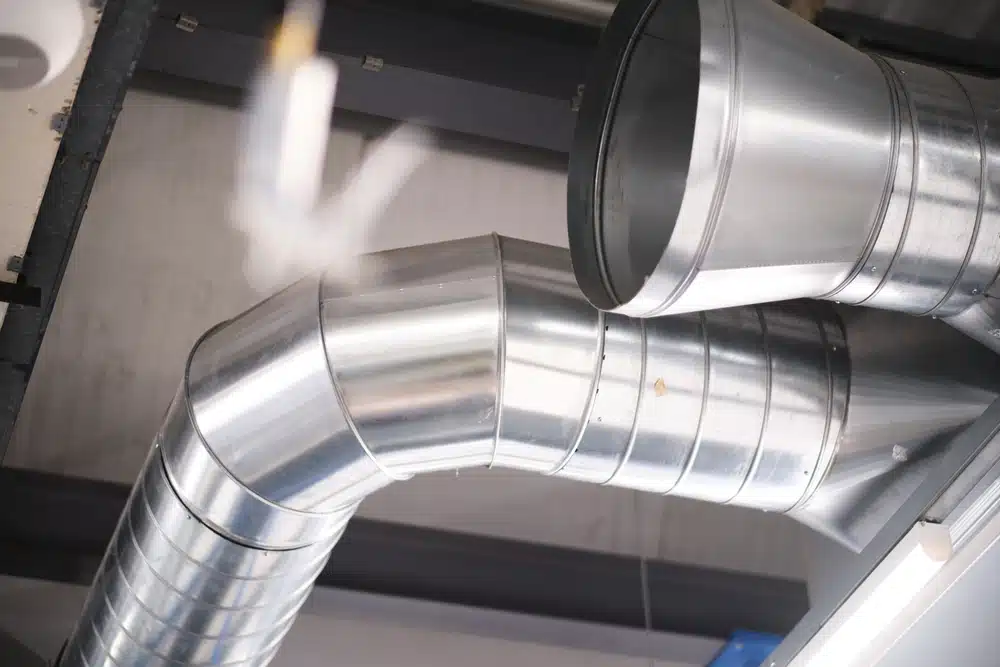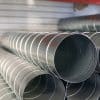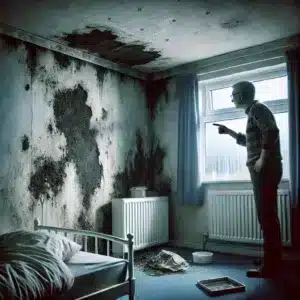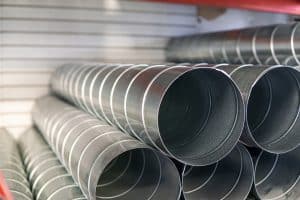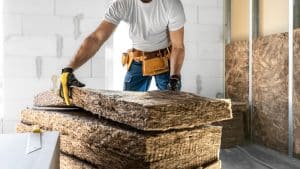Is Metal Ducting Durable
Metal ducting is a brilliant option for ducting needs in various situations. But how long does it last? Does it require frequent replacement?
In this blog, we will answer the question ‘Is metal ducting durable?’
To prevent mould, fresh air should always be introduced into your dwelling daily, as it helps to regulate temperature and reduce condensation. Introducing fresh air can be as simple as having a ventilation routine, or installing extractors or PIV systems.
To prevent mould, fresh air should always be introduced into your dwelling daily, as it helps to regulate temperature and reduce condensation. Introducing fresh air can be as simple as having a ventilation routine, or installing extractors or PIV systems.
Having an understanding of the uses and reasoning for ducting can be just the information you require in order to get the correct ducting to fit your needs. Knowing how their differences can save you any potential mistakes if you choose to set it up yourself.
I-Sells is here to provide the answers you require whilst also supplying you with all the information you need to combat mould and have a well-ventilated home.
Is metal ducting the best option?
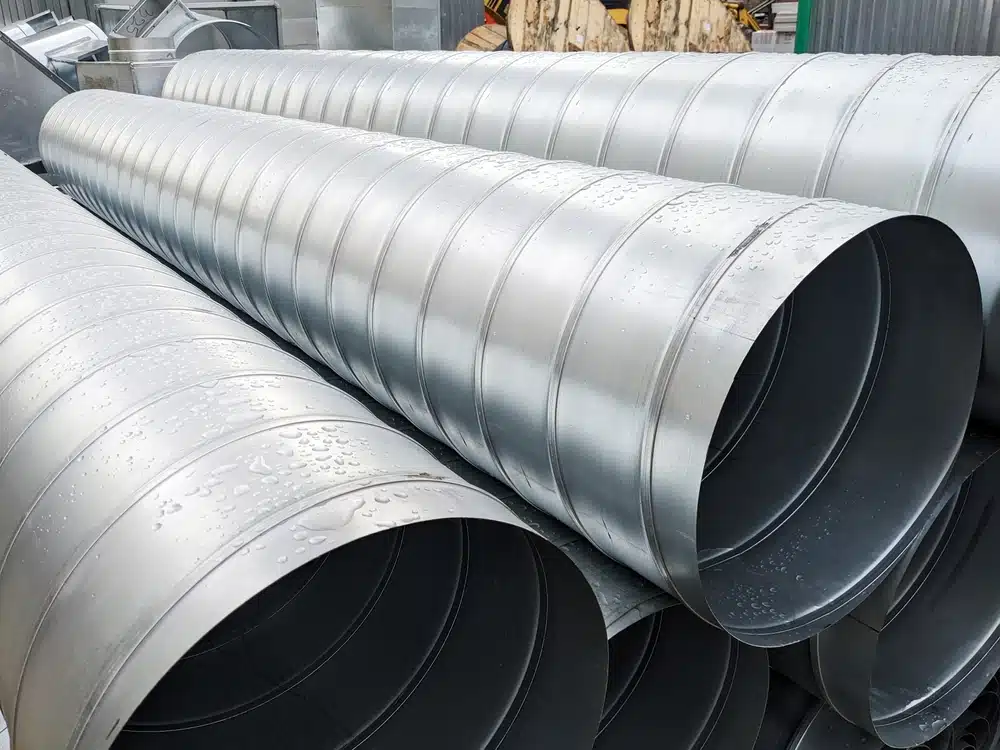
Yes, in certain situations. Metal ducting is a workhorse in the ventilation world, offering superior durability and longevity compared to its flexible counterparts. Made from galvanized steel or aluminium, it can withstand bumps, impacts, and general wear and tear for decades with proper care. This translates to a cost-effective choice in the long run.
Tightly sealed metal ducts minimize air leaks, ensuring efficient airflow throughout the ventilation system. This translates to lower energy consumption and reduced operational costs.
Metal ducting also boasts better fire safety compared to some flexible ducts, providing an additional layer of protection in buildings. The smooth interior of metal ducts minimizes airflow friction, further promoting efficient air distribution.
Metal ducting truly shines in straight runs where rigidity and leak resistance are top priorities. Exposed ductwork in finished spaces often benefits from metal’s durability, as it can withstand everyday wear and tear better than flexible options.
Metal ducting is also the preferred choice for high-pressure ventilation systems and areas where rodent infestation might be a concern, due to its superior resistance to chewing.
Is metal ducting perfect for every situation?
No, metal ducting isn’t a perfect fit for every situation. Its rigidity can make installation challenging in tight spaces or areas with complex layouts. Flexible ducting might be a better option in such scenarios.
Metal ducting also doesn’t absorb vibrations as well as some flexible ductwork, so if vibration isolation is a major concern, a flexible alternative might be preferable. For short and easily accessible duct runs, the upfront cost of metal might be a deterrent, and flexible ducts could be a consideration if budget is a primary concern.
Ultimately, the best choice depends on your specific ventilation needs and priorities. Consider factors like space constraints, airflow requirements, durability needs, and budget.
Consulting with a qualified HVAC professional can provide valuable guidance in selecting the most suitable type of ducting for your specific system design. They can weigh all the factors and recommend the best option for optimal performance and long-term functionality.
Is metal ducting durable?
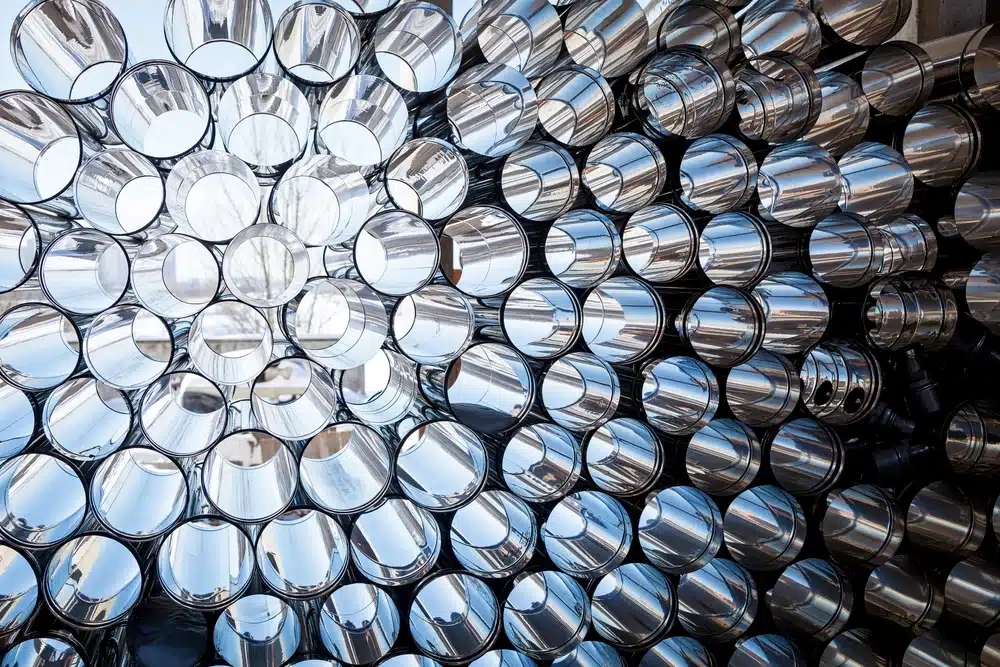
Yes, metal ducting is known for its durability and can last for decades with proper maintenance. Here’s a breakdown of the factors contributing to its long lifespan:
- Strong Material: Metal, typically galvanized steel or aluminium, is a robust material that can withstand bumps, impacts, and general wear and tear better than plastic or fabric alternatives.
- Corrosion Resistance: Galvanized steel offers protection against rust and corrosion, especially in environments with higher humidity. Aluminium is naturally resistant to corrosion as well.
- Rigid Structure: The rigid form of metal ducting helps it maintain its shape and avoid collapsing or deforming over time, unlike some flexible duct options.
- Fire Resistance: Metal ducting generally offers better fire resistance compared to some flexible ducts, which can be a crucial safety factor in buildings.
However, proper maintenance is essential to maximize the lifespan of metal ducting:
- Cleaning and Inspection: Regular cleaning can remove dust, debris, and potential mould growth that could deteriorate the metal over time. Inspections can identify any leaks, dents, or signs of corrosion that might require repair or replacement.
- Sealing and Insulation: Ensuring proper sealing at connections and joints minimizes air leaks, which can improve efficiency and prevent moisture accumulation that could lead to corrosion. Proper insulation on the exterior of the ducts (when applicable) can further enhance efficiency and prevent condensation.
Where is metal ducting not ideal?
- Tight Spaces: Due to its rigid form, metal ducting can be challenging to install in tight spaces or areas with complex layouts. Flexible ducting might be a better option in such scenarios.
- Vibration Absorption: Metal ducting doesn’t absorb vibrations as well as some flexible duct options. If vibration absorption is a priority, flexible ducting might be preferable.
Is metal ducting invulnerable?
No. Metal ducting, although it has excellent durability, has the potential to be damaged significantly. Although this can occur in certain situations, and is not commonplace. Below are the factors that would cause serious damage to metal ducting.
Physical Damage
- Impact and Punctures: Direct physical impact from tools, dropped objects, or during construction can cause dents, punctures, or even holes in the metal duct. These compromises can affect airflow, create leaks, and reduce efficiency.
- Crushing and Collapsing: In extreme cases, excessive weight or pressure on the ductwork can cause it to crush or collapse. This is more likely with thin or improperly supported ducts.
Corrosion
- Moisture and Humidity: While galvanized steel offers some protection, prolonged exposure to moisture or high humidity environments can eventually lead to rust and corrosion of the metal. Leaky pipes, condensation, or improper insulation on cold air ducts can accelerate this process.
- Acidic or Corrosive Fumes: Ducts used to exhaust fumes from certain industrial processes, laboratories, or chemical storage areas may be susceptible to corrosion from acidic or otherwise harsh fumes. Selecting appropriate corrosion-resistant metals like stainless steel might be necessary in such cases.
Fire and Heat Damage
- Direct Flame Exposure: While metal ducting offers some fire resistance, direct exposure to flames or extreme heat can melt or warp the metal, rendering the duct unusable. Proper fire dampers and safety protocols are crucial to prevent fire from spreading through ductwork.
- Excessive Heat Transfer: Ducts carrying extremely hot air (such as from exhaust systems) can degrade the metal over time, especially if not designed for such high temperatures. Choosing appropriate duct materials and thicknesses is essential for these applications.
Other Factors
- Improper Installation: Poor installation practices, like inadequate support or improper sealing of joints, can create stress points, leaks, and potential for corrosion over time. Professional installation by qualified technicians is recommended.
- Rodent Infestation: Rodents may chew through metal ducts to gain access to warm or cool spaces within the ductwork. While metal is more resistant to this compared to flexible ducts, it’s still a potential concern. Proper sealing and exclusion methods can help prevent rodent intrusion.
Invest in metal ducting today
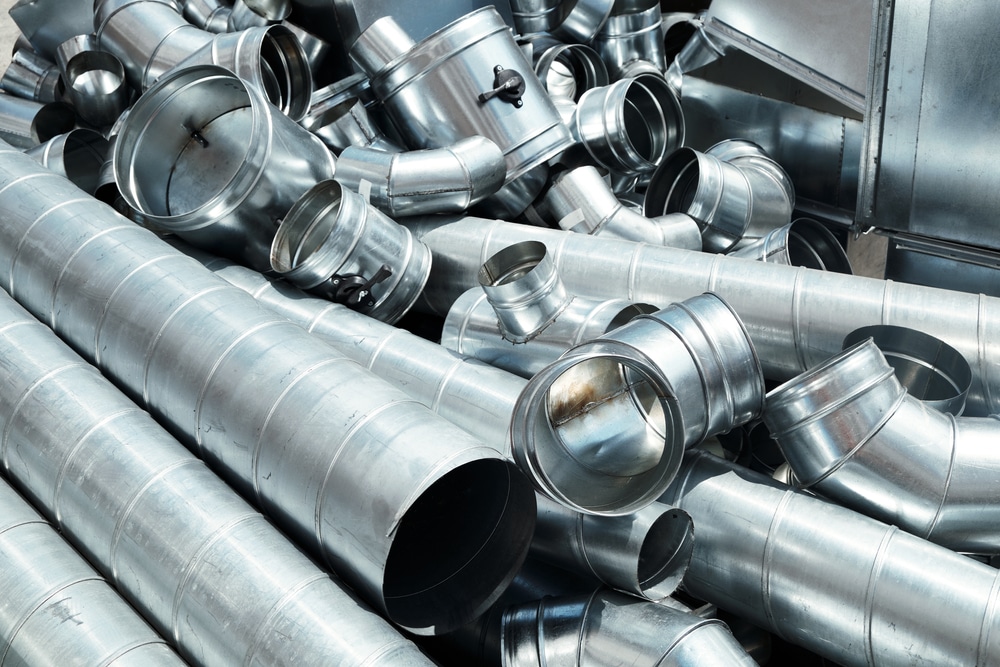
We at I-Sells endeavour to make sure our customers have all the information they require before deciding to invest in our mould solutions. Be sure to visit our blog page to gain knowledge on the wide array of factors and issues surrounding ventilation, mould, condensation, and much more.
We hope to have answered the question ‘Is metal ducting durable?’
We understand you may have more questions, do not hesitate to contact us for more information with regard to whatever you require our help with. If you’d like to email us, click here. For other contact options, see below:
Call us on 020 8463 9696
Visit us at our showroom:
*OPENING TIMES*
Monday – Friday: 8:00 am to 5:30 pm
Saturday: 9:00 am to 12:00 pm
Sunday: Closed
15 St John’s Parade
Sidcup, Kent
DA14 6ES
United Kingdom

